Measurement setup and real measured values
Here I repeat myself again briefly from the last article. Since the memory modules have become significantly smaller, the thermal density has naturally also increased. The silicon also has an elongated and very narrow hotspot in the middle of the respective memory modules, so that external sensors (thermal couplers) are ruled out due to the very large contact area for point measurements. For the average temperature, that might be fine, but for small hotspots, it’s really inappropriate. So back to non-contact measurement and proper preparation after all. Because you can’t do it without them.
Unfortunately, the sides of the memory bars equipped with modules point towards the cooler, so that I had to do some pull-ups with the IR camera here. The remedy was to use a 90° wide angle lens instead of the 33° normal lens, to use a stable gooseneck tripod (Elgato) and to calibrate the camera on a simple black surface (with a known temperature) that I had placed instead of the memory. With this I also tried to compensate for the angular dependence of the beam power (Lambert’s cosine law).
| Test System and Equipment |
|
|---|---|
| Hardware: |
Intel LGA 1700 NVIDIA GeForce RTX 3090 FE 1x 2 TB MSI Spatium M480 |
| Cooling: |
Aqua Computer Cuplex Kryos Next, Custom LGA 1200/1700 Backplate (hand-made) Custom Loop Water Cooling / Chiller Alphacool Subzero |
| Thermal Imager: |
1x Optris PI640i Thermal Imager Pix Connect Software Type K Class 1 thermal sensors (up to 4 channels) |
In the following picture you can see the area on which I have set the focus and in which the measured values can be read out quite accurately after calibration.
Unfortunately I can only measure Micron modules at the moment, because I don’t have any other memory available. But the current values are informative enough for now and after the arrival of faster modules from other manufacturers (SK Hynix, Samsung) everything can of course still be re-measured and supplemented. But now let’s look at the maximum value of what could be determined in the hotbox setup to simulate real conditions in a closed PC.
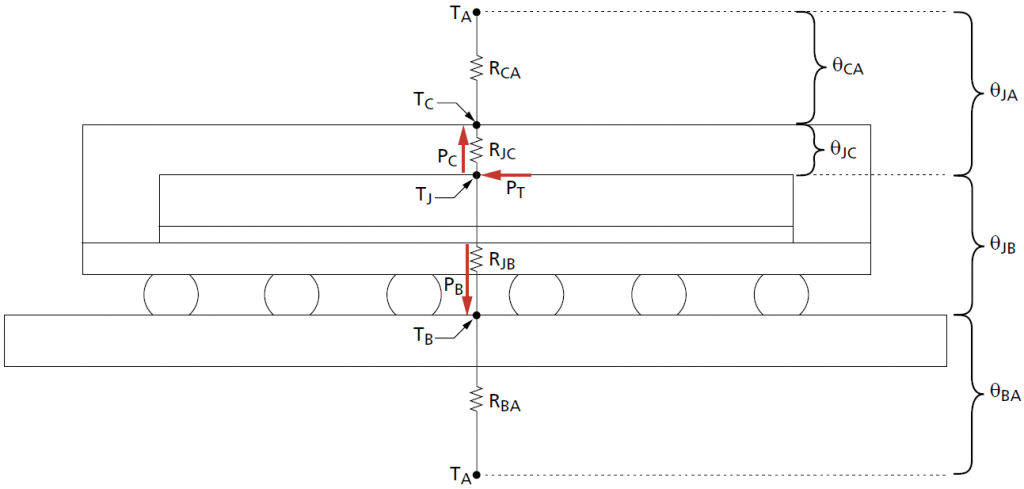
The following picture shows approx. 84 °C at 1.35 volts. This rises to approx. 88 °C at a brief maximum of 1.4 volts (please do not imitate). If you now add the thermal resistance between the surface of the memory module to the hotspot inside the memory module, you can safely add another 4 to 5 degrees. This would also bring us just below the permissible limit of a maximum of 95 °C.
Finding 1: Operational safety
However, we can also derive from this the knowledge that even at 1.35 volts and a lot of OC, the cooled RAM at least does not get into the realms of physical destruction. You’d have to have a lot of ill will and bad intentions. So that’s not going to happen for a while. The situation is different when it comes to stability. Especially during overclocking the memory becomes unstable faster and surface temperatures above 75 °C already lead to errors and thus also to slowdowns or even serious errors up to BSOD or restart.
Finding 2: Rule of thumb
The value for the SPD hub can also be used to roughly estimate the temperature inside the memory, since everything is thermally connected to and with each other. My approach would be to make a (very generous) sum:
SPD hub in °C + 13 degrees (delta to surface) + 5 degrees (delta between module surface and hotspot)
With this you are actually always on the safe side, because the actual value should always be lower here. However, the whole thing should be quite helpful for extreme overclockers.
Conclusion and summary
It remains incomprehensible to me why Micron does not implement temperature sensors here, although the JEDEC specifications provide for something like this (but unfortunately do not make it mandatory). Once again, this seems like a hasty rush job that misses the current trend towards smarter surveillance. The deliberate omission of rudimentary monitoring functions reminds once more of the mysterious behavior around the temperatures of the GDDR6X memory, to which I already dedicated a few lines at that time.
It’s a shame that as a paying customer you have to do the math yourself to see where the current operating temperatures are. Of course, it is not a question of physical destruction of the memory by too high temperatures, because there is still too much thermal reserve. But with regard to the operational safety and stability of such systems, the customer may well insist on such readout options. Let’s hope things work out better with this in the future, I’ll stay tuned of course. My thanks go here also once again to Martin, who compiled patiently (and just as curiously), like a world champion. Try & Error at the highest level 🙂














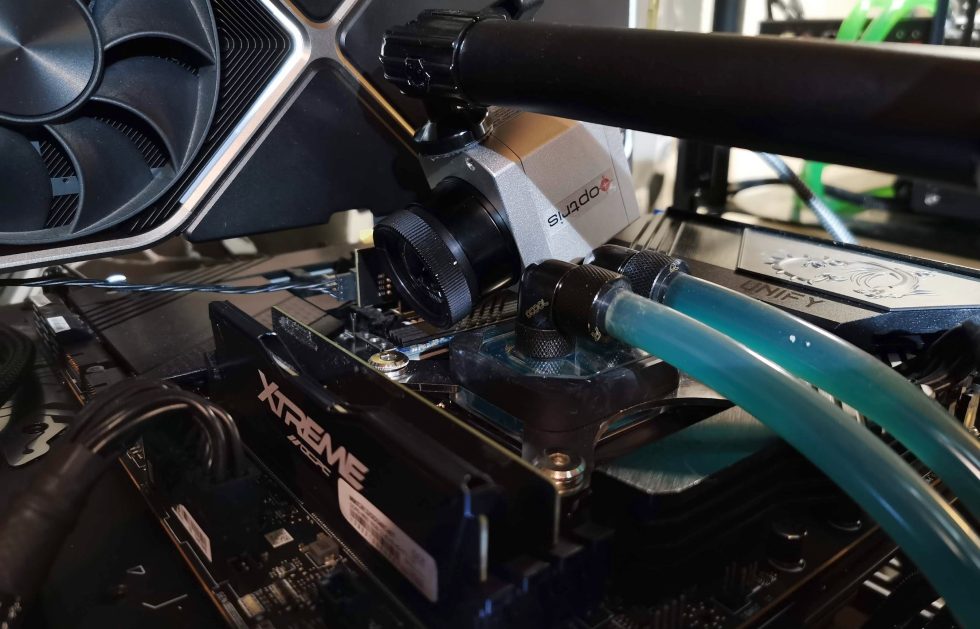
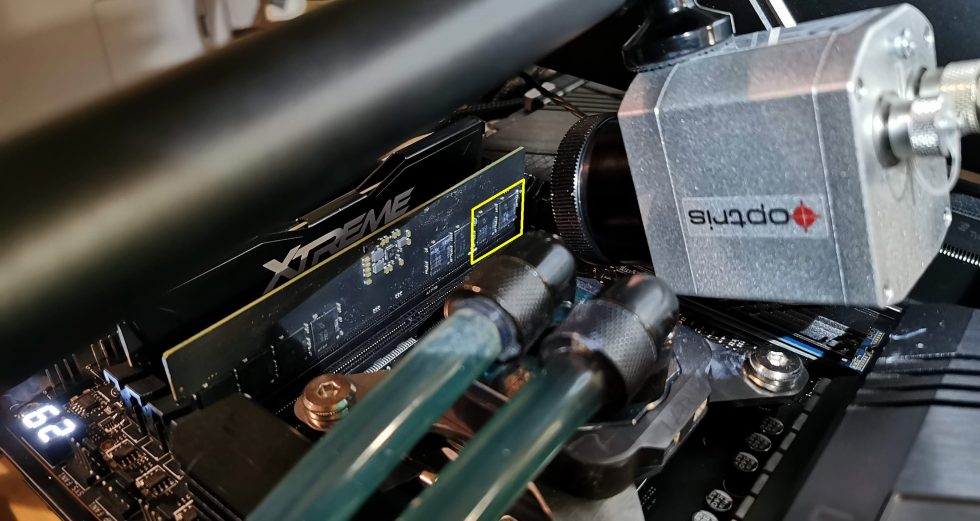
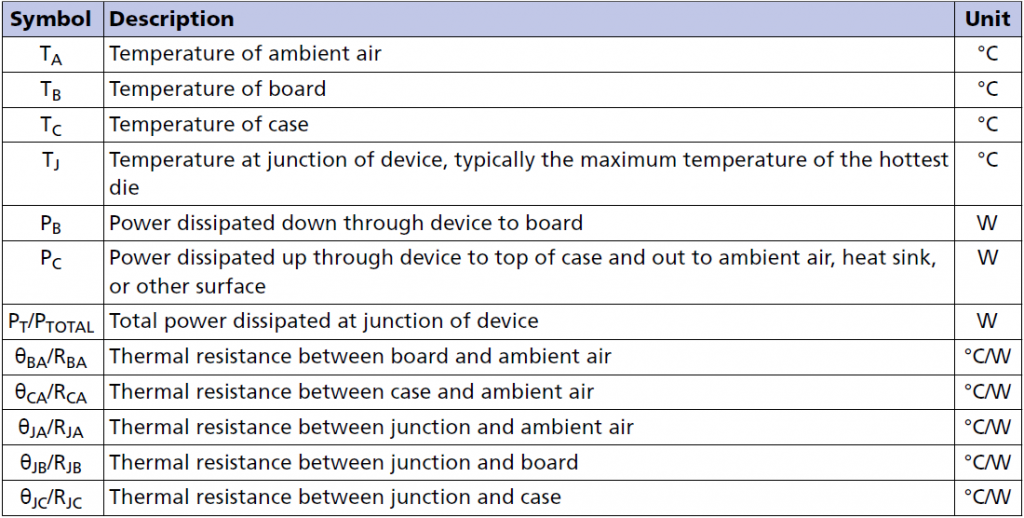
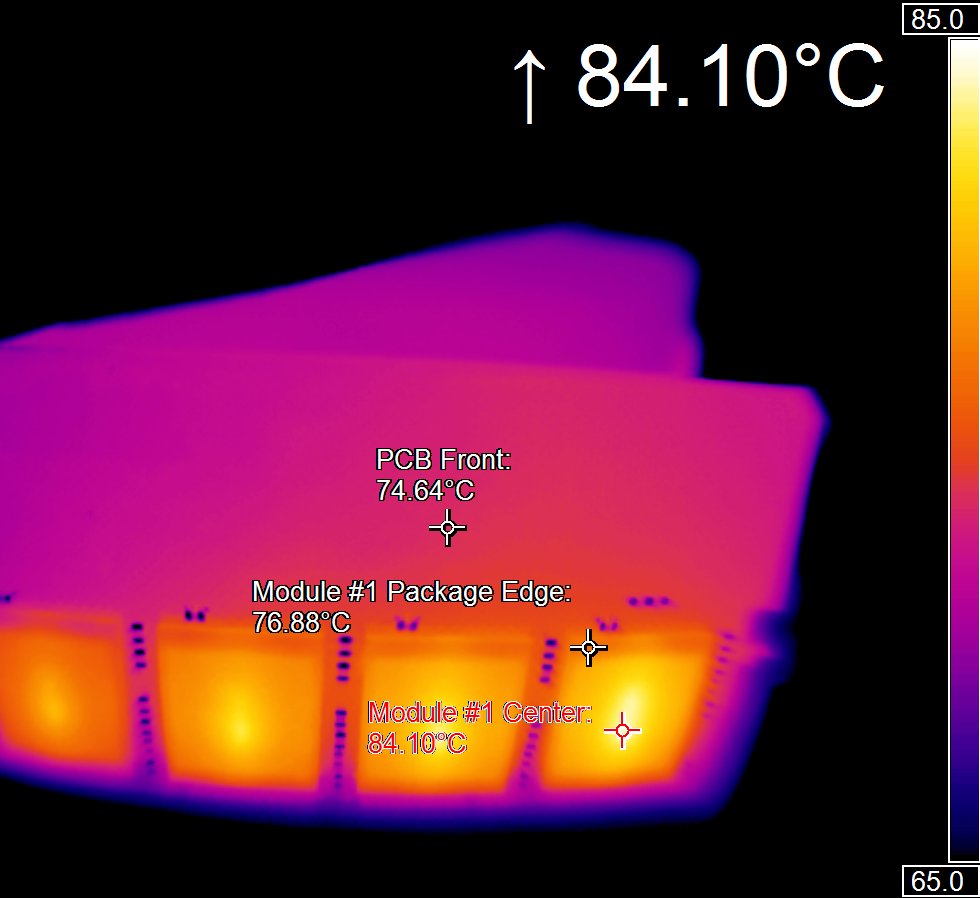
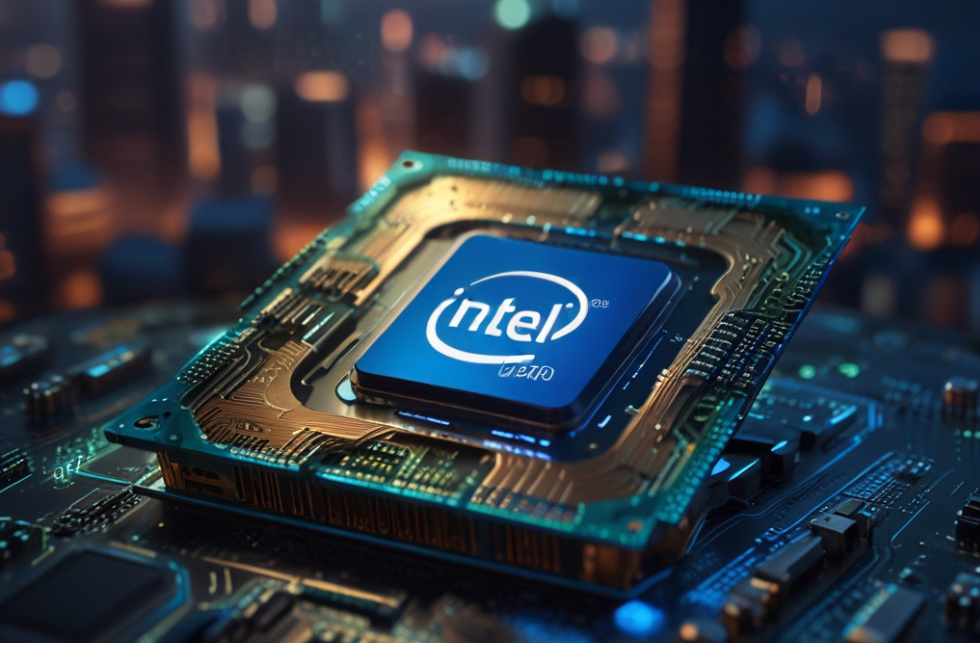
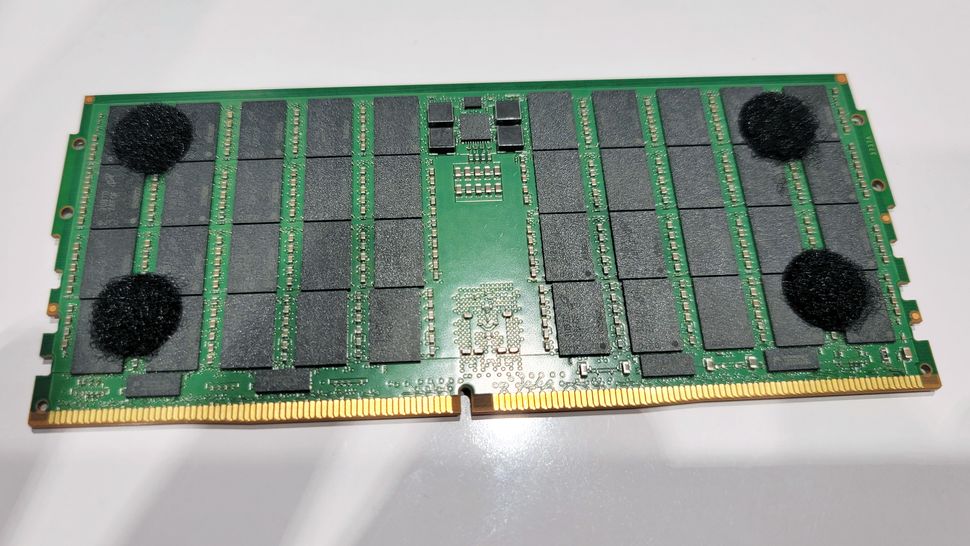
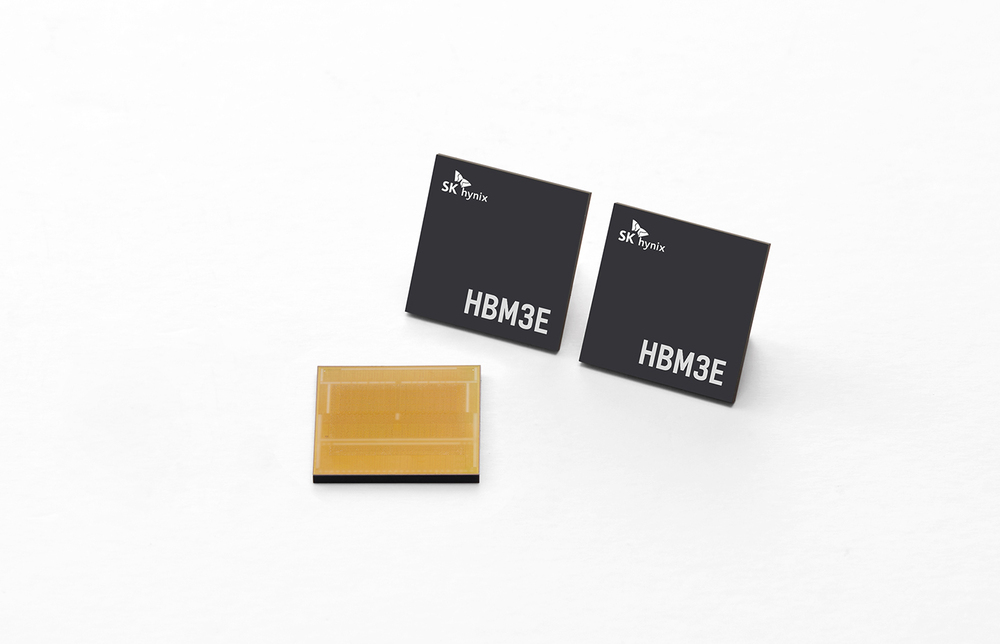
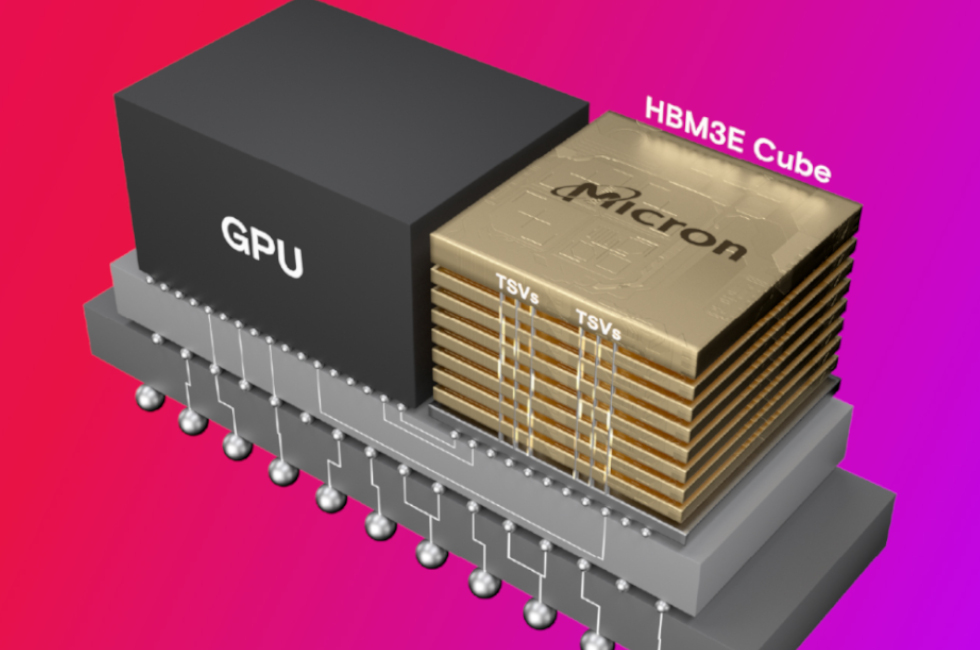
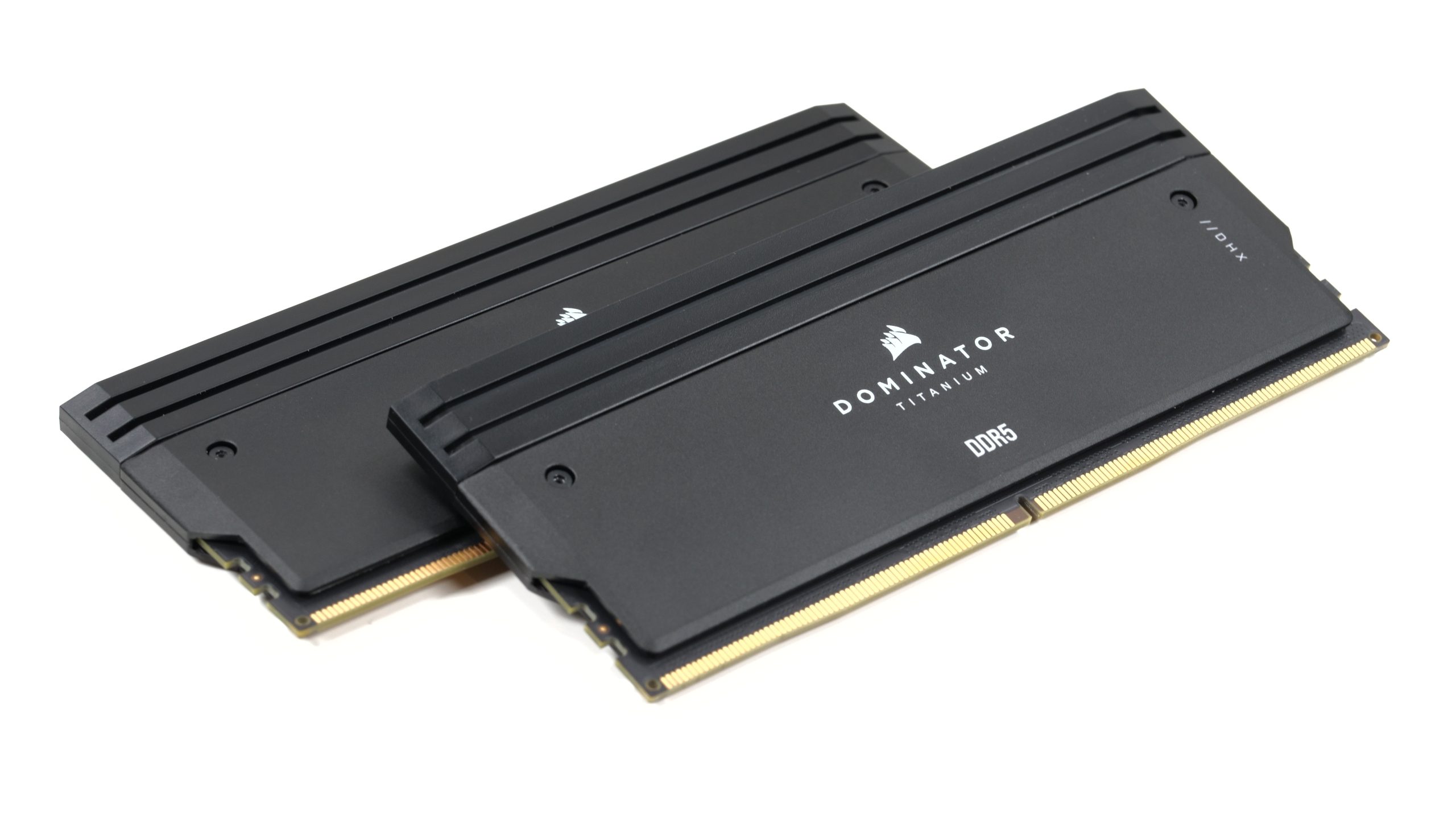
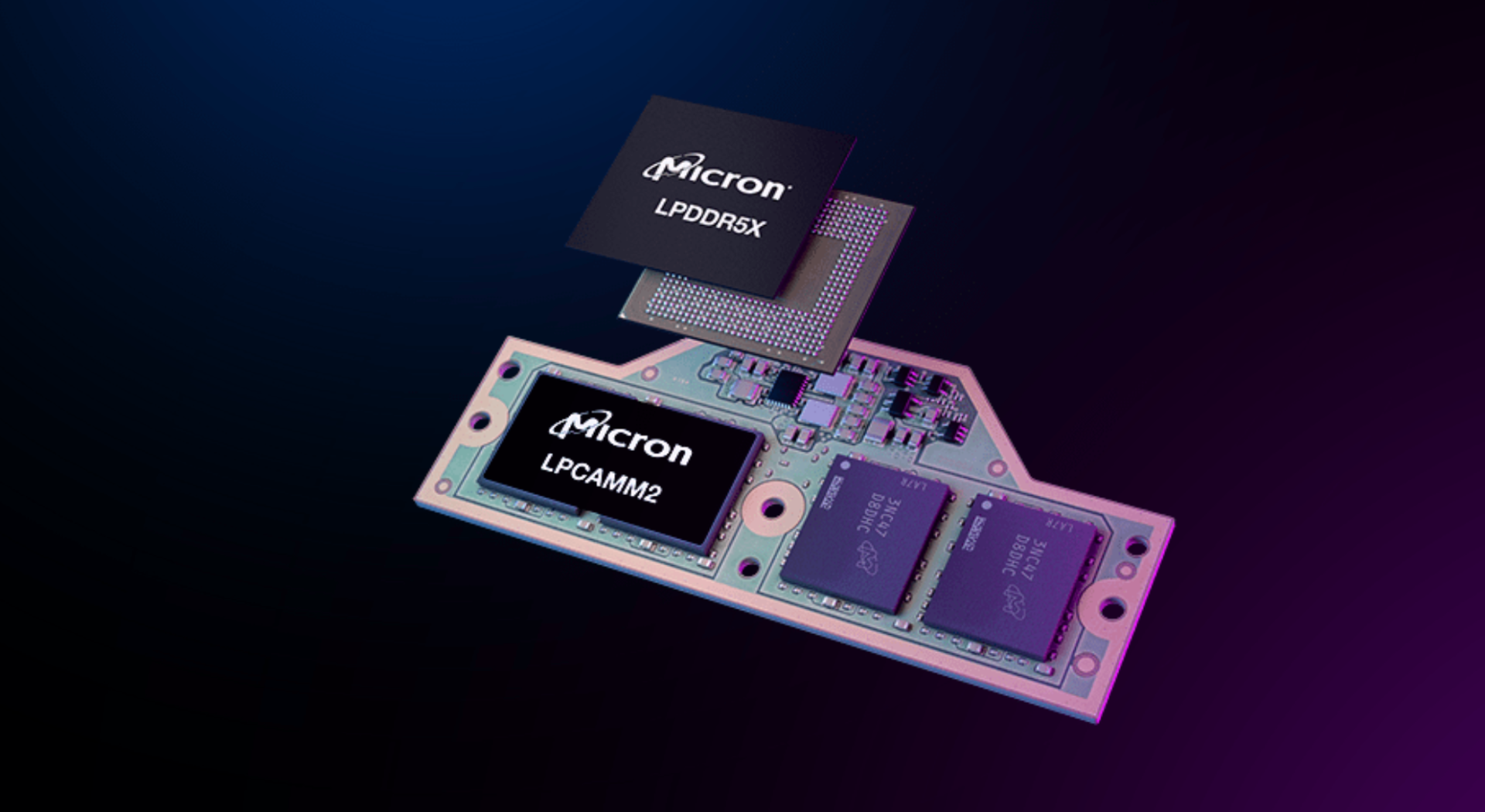
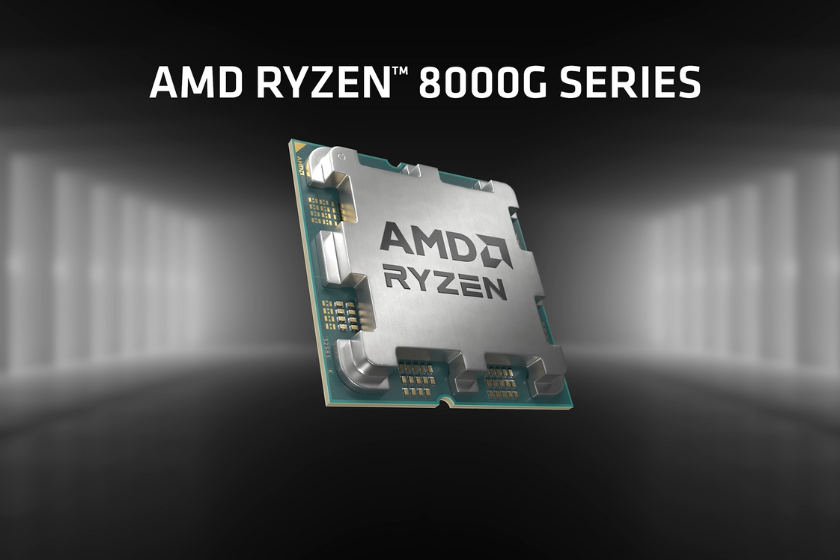
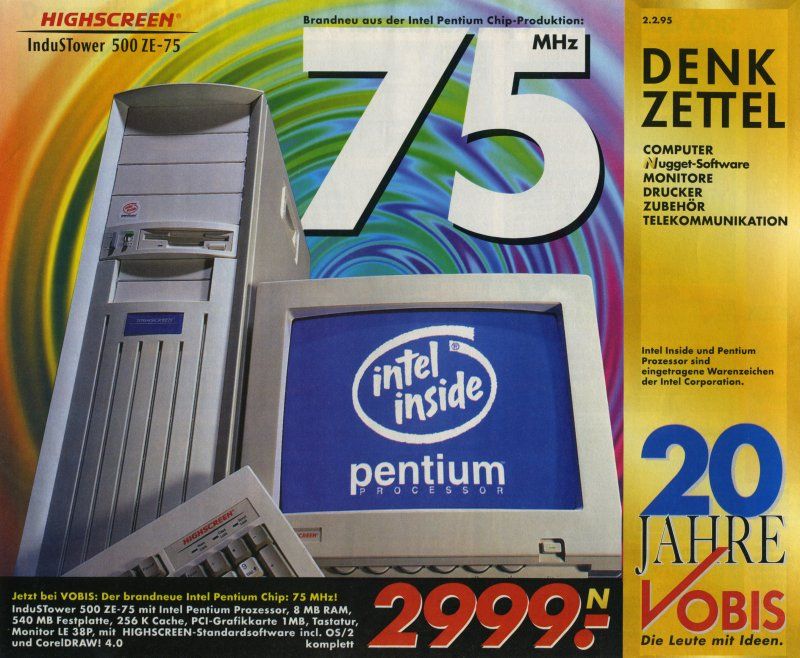
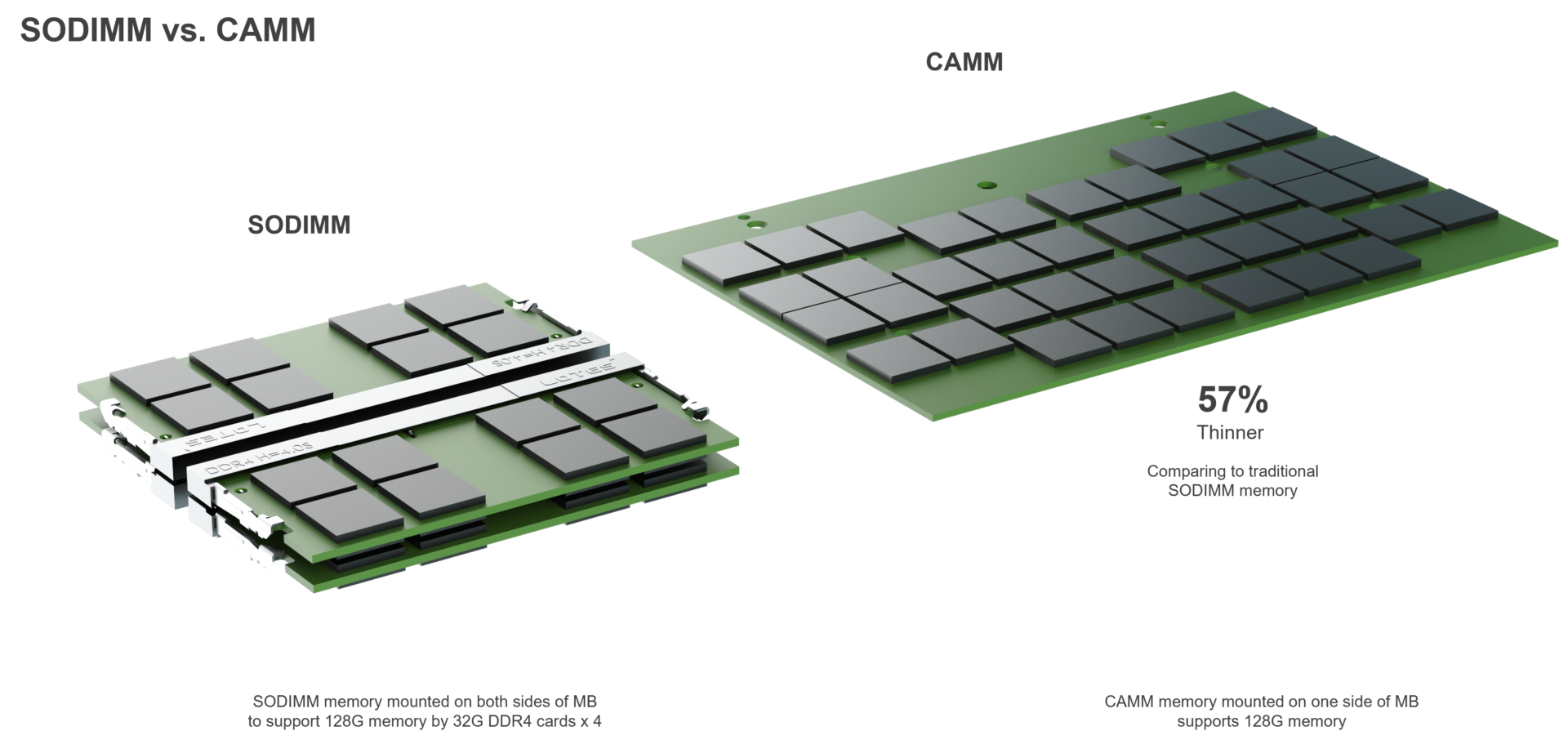
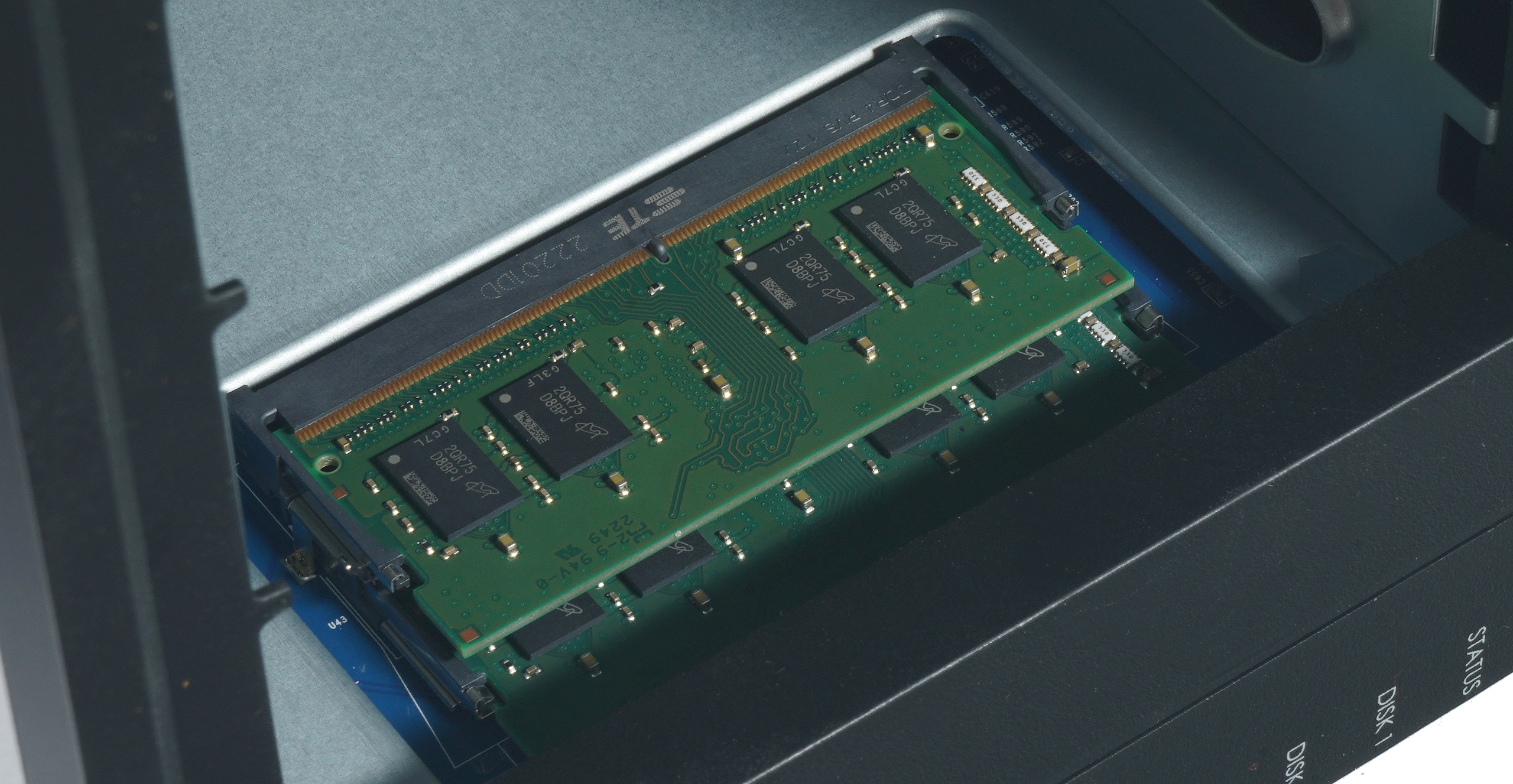



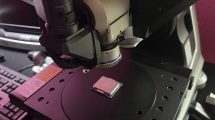















20 Antworten
Kommentar
Lade neue Kommentare
Veteran
1
Mitglied
1
Urgestein
Veteran
Urgestein
1
Urgestein
Urgestein
1
Urgestein
Mitglied
Mitglied
1
Mitglied
Urgestein
Urgestein
Urgestein
Alle Kommentare lesen unter igor´sLAB Community →